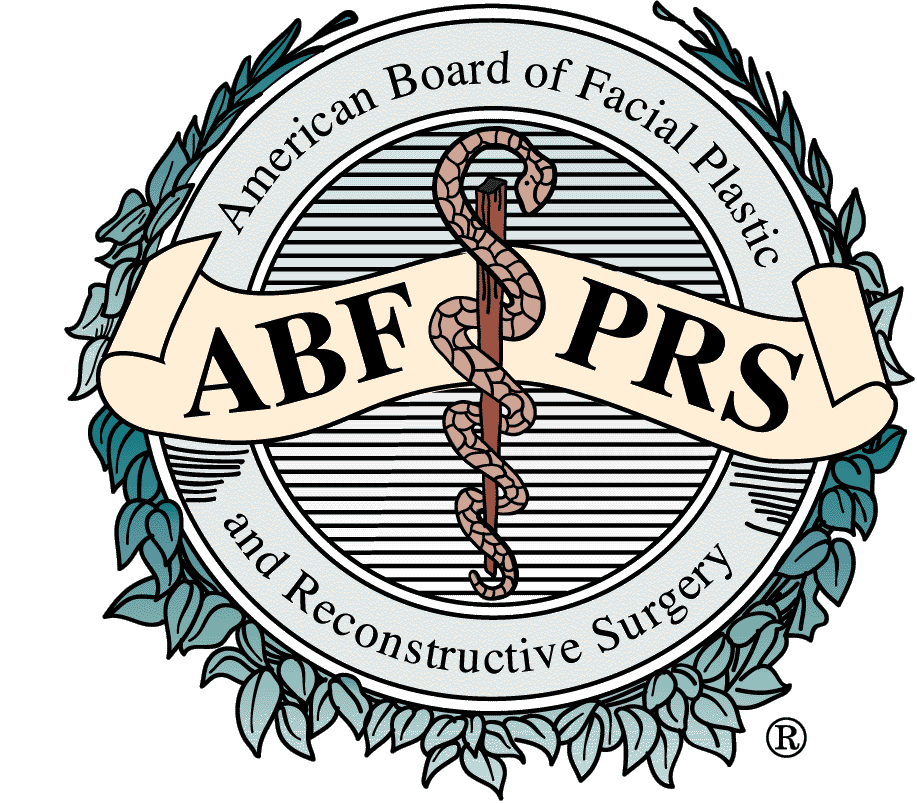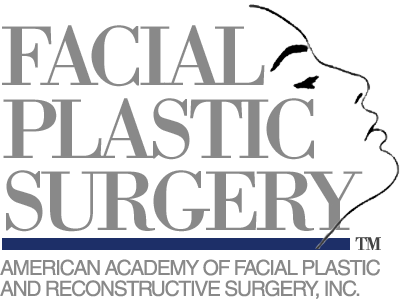Browlift (Endoscopic Browlifts)
Browlift (Endoscopic Browlifts)
View our before & after gallery and procedure instructions below

The effects of aging are inevitable, and, often, the brow and forehead area show the first signs of aging. With time, the skin begins to lose its elasticity. Sun, wind, and the pull of gravity all affect the face, resulting in frown lines and wrinkling across the forehead. A heaviness of the eyebrows and the upper eyelids causes the amount of skin between the brow and lash line to increase. Even people in their thirties may have faces that look older than their years. Your expression may appear tired, angry, or sad, and may not reflect how you actually feel. As a result, many people have opted for a procedure known as a browlift. During this procedure, Dr. Trimas tightens loose skin and removes the excess, thereby correcting forehead wrinkling and drooping brows. A smoother brow and a more youthful expression can be achieved with a browlift. To see what a browlift can do for your face, put your hands above your brows and outside the edges of your eyes and gently raise the skin upwards. Browlifts are an option if you have a sagging brow or deep furrows between the eyes. This procedure is usually done between age forty and sixty-five, although it may be necessary at an earlier age.
Endoscopic Browlift Instructions:
Surgery Morning
- Nothing to eat or drink after midnight-may brush teeth.
- Take a shower and washing hair and face in the morning.
- Do not wear any make-up (includes mascara and eyeliner). Wash face/eyes with baby shampoo when arrive at surgery center to remove any residual eye make-up.
- Leave all jewelry at home. Cannot have any metal on your body, so please remove any body piercing.
- DO NOT WEAR CONTACTS.
- Clothing: Button-up shirt, comfortable pants, socks, shoes (comfortable and easy to walk in).
- Bring pain medication with you. You will be numb after surgery and may not feel anything. However, the nurses will give you a pain pill prior to discharge to help keep pain level at a minimum.
Surgery Night
- Soft Bland Diet: DO NOT EAT SPICY FOODS and drink plenty of fluids.
- Start your antibiotics at suppertime; IF NAUSEATED may start antibiotics the next day.
- Sleep with head elevated using a recliner or at least 3-4 pillows for a week.
- Apply ice compresses to top of head and forehead every hour for at least 15 minutes for couple of days. Frequent application of ice compresses decreases swelling and bruising.
- Face wrap/bandage may be tight and uncomfortable. It is removed the next day.
- Take pain medication, as you need it, do not try to brave the pain. You will be more comfortable if you keep your pain at a minimum.
Next 2-4 weeks
- Incision Care
- Wash hair daily using BABY SHAMPOO. May start as soon as bandage is removed. Clean incision sites by gently massaging with your fingers.
- Towel dry hair-do not use a hairdryer or curling iron.
- Apply ANTIBIOTIC OINTMENT to keep incisions moist (twice daily).
- You will be supplied with a headband after your bandage is removed. Wear your headband 24 hours a day for 1 week and then at night or when you are at home.
- Expect FACIAL swelling, bruising, and a high/tight forehead for about 2 weeks (more or less).
- May use make-up to cover up bruises.
- Forehead and brows will look high and feel very tight.
- Suture Removal:
- Forehead – (staples) removed after 2 weeks post-op
- No exercise, heavy lifting, or bending over.
- Do not color/dye hair until 4 weeks after surgery. May use hairdryer and curling iron after 2 weeks, but be careful. You will have numbness and may accidentally burn yourself.
Interested in our services? We’re here to help!
Interested in our services? We’re here to help!
We want to know your needs exactly so that we can provide the perfect solution. Look and feel better today!
Contact us today
Thank you for contacting us.
We will get back to you as soon as possible.
We will get back to you as soon as possible.
Oops, there was an error sending your message.
Please try again later.
Please try again later.










